WORK on a site for potential housing at Newnham uncovered what could be the remains of the first Roman villa in the Forest, including a mosaic.
But there is anger that, on the advice of experts, the remains have been covered over.
The remains were discovered around last Christmas following a preliminary archeological investigation of the site earmarked for 62 houses by Freeman Homes.
A revised application for 46 homes was approved by the Forest Council’s development management committee last week.
The reduction is to preserve the remains, said planning officer Tony Pope.
He said: “The preferred method of preservation nationally is in situ and covered back over. to preserve it.
“That doesn't mean that site has not been investigated, recorded, samples taken, etc, because they're going off to all the various experts around the country.
“So it has been covered over using inert topsoil that they dug up.
They had to sieve it and make sure everything was taken out that might affect future investigations.
“They’ve covered it back over to a depth that is greater than the depth of a metal detector, because they don't want people to go back there and harming the remains.
“Historic England supports the actions and the steps taken by all the archeologists and the applicant.”
Don Macer-Wright of the Newnham History Research Group said the mosaic’s border design was similar to important villas at Chedworth and North Leigh.
He said: “The mosaic may hold important clues to the owner's status and occupation and suggests the Newnham villa may have national significance and other mosaics.
“It is the first concrete evidence for an elite villa estate in the Forest of Dean.
“It is not possibly a villa. It is a villa.
“The villa has profound importance to Newnham and the district.
“This discovery may never have been made were it not for Freeman Homes proposed development.
“The committee would perhaps consider requesting an agreement to be reached between Freeman Homes, the parish council and the local community to the ongoing management of the area. which will make the mosaic and villa building available for appropriate professional excavation.
“The villa and any mosaics should be fully excavated and preserved for public viewing.
“The discovery of a Roman villa by Freeman Homes is Newham's most important archeology discovery to date.
“It is a vital potential addition to bring touristic income into new and the wider district economy.
Mr Pope told the committee: “There are comments about tourists and a visitor centre. That's the last thing they want at the moment, until it's been fully a studied.
“It will be subject to an archeological management plan, which has a whole series of criteria.”
An interim report to provide a brief overview of the results had been produced by archaeologists, said Mr Connor Flanagan, the agent for Freeman Homes
It set out the forthcoming post excavation stage for assessment, analysis, publication, and then deposition of the archive.
He said it was not intended to provide a detailed analysis of the remains.
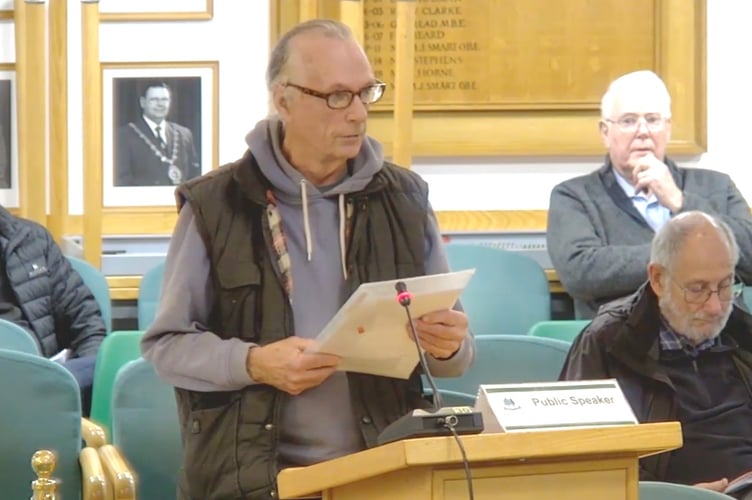
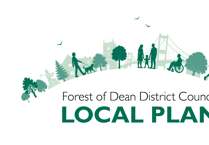
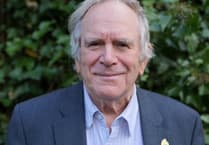
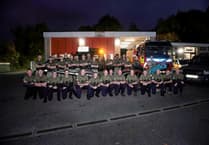
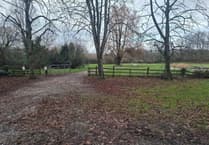
Comments
This article has no comments yet. Be the first to leave a comment.